Is Your Brand Ready To Go Global?

Is your brand ready for its next big step? Are you looking to turn your company into a global brand to expand your market?
Thanks to the internet, international business has never been easier. Retail e-commerce continues to grow each year, with over eight trillion dollars in worldwide online sales expected by 2026.
Going global can help you make more connections, reach a greater number of customers, and grow your business to new levels. But before you start marketing to people in other countries, your business needs plans and strategies in place to make sure that your ventures into the global market are successful.
Here are some steps you’ll need to consider as you prepare to take your brand global.
1. Define Your Market
Which part of the world makes the most sense for your brand to expand into? This is a vital question to ask before you start, as you want to move your business into countries where people will be interested in you and your product.
Chances are, you have a good idea of who your current customer base is—their habits, lifestyle, and demographics. Many successful companies do market research to determine who their ideal customers are so that they can best reach them through marketing and SEO.
You should also do your research globally. Will your target market be the same in other countries? While they might have similarities, your ideal customers in America might have different habits and lifestyles from your ideal customers in Brazil, England, or Mexico. It’s important to understand your customers so you can communicate with them and market to them in ways that will resonate.
By having a solid idea of your global customers in mind, you can more effectively make decisions about your international marketing strategy and where you want to expand your business.
2. Complete Website Localization
Your website will be vital in helping people find you in the online global market. It’s often the first place a potential customer will hear about you, and you want your website to be able to speak their language.
One of the first steps to take is creating different global versions of your website through a process called website localization. That means that when a customer from France goes to your website, it will show them the French version of your website.
It will be easier to localize for some countries. For instance, if you’re an American company looking to expand to Australia and England, you won’t have the task of translating your whole website. However, it would help to keep in mind that even among English-speaking countries, there are still differences in spelling, vocabulary, measurements, and the way that dates are written.
That can also make keywords differ. For instance, an American customer might search for “California vacation” while someone from the UK might search for “California holiday” instead. Your SEO strategy will only work if your customers can find you.
If you’re going into a non-English-speaking market, it’s even more important to accurately translate your website and keywords well. Poorly translated text can be a huge negative for a potential customer, and it can cause them not to purchase from your company.
If this sounds intimidating, don’t worry. Hiring a translator or partnering with an agency experienced in global marketing, such as InnoVision, can make the process easier.
3. Consider the Visual Language of Your Website
Website localization is much more than translating the text that your customers will read. Visual components—every color, picture, and layout your customer sees—are equally important.
Different cultures have different preferences and norms about how “busy” a website should be. Some countries are used to streamlined websites, while others expect a lot of information to be presented to them. Changing around page layouts on localized versions of your website can help appeal to different audiences.
Also, consider localizing your stock photos and other images. Can your customers see themselves in the photos and other images you choose for your website? A picture of a blonde family would work well in America or Sweden, but it would not represent potential customers in Thailand and could turn them away from your business.
At the same time, you want to keep your brand consistent, no matter where you’re selling. After all, you’re proud of your brand and want to share it with the world. You shouldn’t change everything about yourself to fit in with your new target market.
Striking a balance between having a consistent brand versus localizing your marketing strategy can be tricky, especially if your marketing team only has local sales experience. A global marketing expert can help you decide how to localize your website effectively for your new market, while also keeping your brand consistent.
4. Offer Local Customer Support
Creating a global brand goes beyond your website. Good customer service involves providing your customers with timely, helpful replies no matter where they live. While this is simple if all your customers live in the same country, it can get more complex if some live halfway around the world.
There’s nothing more frustrating for a customer than having to hunt for a company’s contact information, only to wait hours for a response. Your brand should consider providing phone or email support for every region your business is in. Your customers will appreciate getting their questions answered quickly by someone who speaks their language.
Offering regional customer support is an easy way to give your new customers a better impression of your company and reduce potential frustration. This can also build future brand loyalty as well as the potential of people recommending your business to their friends and family.
Creating a global brand can be a great move forward to help your company develop a new customer base. But it can also take a lot of thought and time and can feel overwhelming with everything you need to consider.
When you partner with an expert in global marketing, we can help you develop your plan and marketing strategy. If you’ve determined that your brand is ready to go global, contact InnoVision Marketing Group’s global marketing experts today.

















